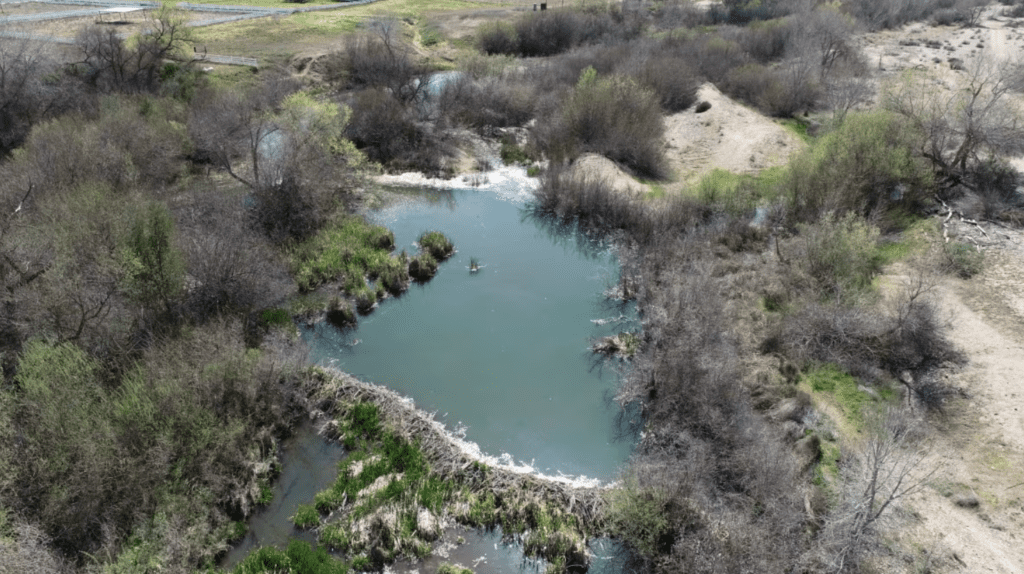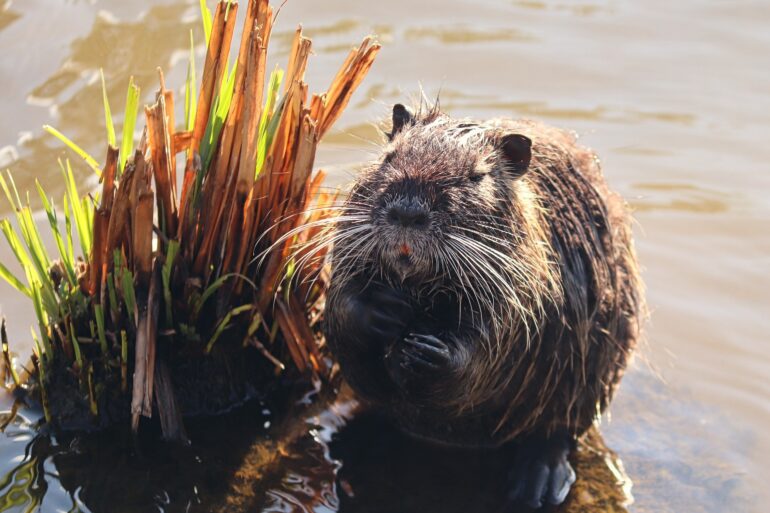TL;DR:
- Google, Nature Conservancy, and California collaborate on an AI-driven project to harness beavers’ ecological benefits.
- Beavers’ dam-building abilities help store water, reducing the impact of droughts, floods, and wildfires.
- Google’s Earth Engine Automated Geospatial Elements Recognition (EEAGER) uses AI to map beaver habitats.
- The initiative aims to assess beaver populations and identify locations for reintroduction.
- While AI aids conservation, citizen scientists remain crucial for satellite image analysis.
- Beavers are evolving from “agents of chaos” to vital partners in environmental resilience.
Main AI News:
In recent years, a unique collaboration between tech giant Google, conservation group Nature Conservancy, and the state of California has emerged to tackle some of the pressing environmental challenges posed by floods, droughts, and wildfires. The focus of this innovative initiative is none other than the remarkable beaver, a creature with incredible engineering prowess that could hold the key to mitigating these natural disasters.
The project’s inception dates back to 2018 when Google assigned one of its mechanical engineers, Eddie Corwin, the task of developing a corporate water stewardship program. Corwin, in partnership with sustainability consultant Dan Ackerstein, delved into Alice Outwater’s book “Water: A Natural History” and discovered the ecological significance of beavers. These industrious animals possess the ability to construct dams, ponds, and wetlands, effectively storing millions of gallons of water. This storage capacity plays a pivotal role in combating the effects of droughts, floods, and wildfires.
Beaver-made habitats create reservoirs on the surface and in the soil, resulting in resilient landscapes where plants can access water during dry spells and areas too waterlogged to ignite during wildfires. Furthermore, these habitats effectively reduce erosion and minimize flood impacts. As climate change accelerates these natural disasters, beavers emerge as valuable allies in mitigating their effects.
Simultaneously, Google was heavily investing in artificial intelligence (AI) and machine learning. An opportunity arose when it was discovered that the world’s largest beaver dam had been identified using Google Earth and satellite imagery in Canada. This led to the idea that if humans could locate beaver dams through satellite imagery, AI could be trained to do the same.
Eddie Corwin and Dan Ackerstein initiated the Earth Engine Automated Geospatial Elements Recognition (EEAGER) project at Google. Collaborating with beaver expert Emily Fairfax and other scientists, they successfully trained the algorithm to distinguish beaver dams from other features in the imagery. In May 2023, they published a groundbreaking study validating EEAGER’s effectiveness.
Now, the partnership extends its efforts to California, working alongside the Department of Fish and Wildlife to employ EEAGER in mapping beaver habitats across the state. This endeavor is crucial as, despite our understanding of beavers’ ecological impact, we lack precise data regarding their population and distribution. Conservationists can leverage this information to assess the effectiveness of their efforts and identify suitable locations for beaver reintroduction programs.
While EEAGER exemplifies the potential of AI in conservation, human involvement remains indispensable. The joint research project conducted by the Miistakis Institute and the Alberta Riparian Habitat Management Society relies on citizen scientists to examine satellite images of beaver dams. This approach not only achieves scientific goals but also engages a curious audience eager to learn more about these industrious creatures.
Beavers, often deemed “agents of chaos” due to their propensity for altering landscapes, are gradually gaining recognition for their role as “chaotic good” ecological partners. Although coexistence with beavers may pose challenges, their ability to ameliorate the impacts of floods, droughts, and wildfires is undeniable. As we harness the power of AI and technology in conservation, the future holds the promise of a harmonious existence between beavers and humans, where both reap the benefits of their unique contributions to our environment.

A new project called EEAGER uses a machine learning algorithm to identify beaver dams from satellite and aerial drone images. Source: Submitted by Emily Fairfax
Conclusion:
The innovative partnership between Google, Nature Conservancy, and California, utilizing AI to enhance beaver conservation efforts, represents a significant step towards mitigating environmental challenges. By harnessing AI technology, accurate mapping of beaver habitats can aid conservation strategies, ultimately fostering a more sustainable coexistence between beavers and humans. This initiative highlights the growing potential of AI in the conservation market, where technology plays a pivotal role in addressing ecological concerns and creating synergistic solutions for a safer environment.

